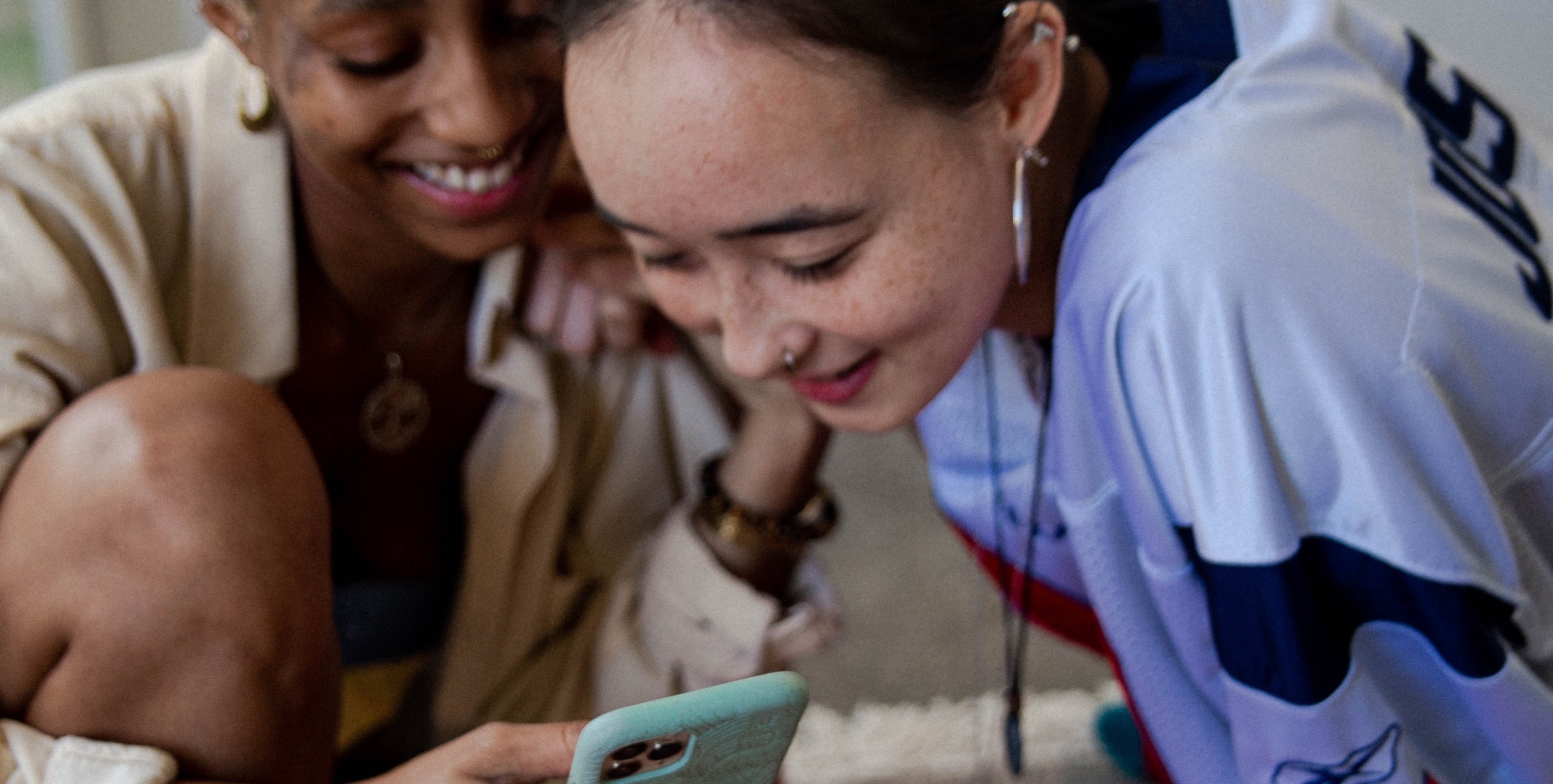Don’t Use Viral TikToks As Ads


If you've spent any time on TikTok, you've probably noticed that a lot of videos go viral. These videos cover everything from "how to" tutorials to celebrity reactions and everything in between. They're wildly popular, but do they actually convert? Well, the short answer is no. But there are some reasons why this might be the case—and ways marketers can make their paid content work better on TikTok.
Organic Content vs. Ad Content
Organic videos are meant to be entertaining. They’re often more fun and loose than their paid counterparts, especially in terms of style. The majority of organic video content is not designed to make viewers emotional or leave them with a lasting impression; their goal is simply to entertain for as long as possible until people click away to something else online.
Ad videos tend to be much more polished. This content feels more like traditional commercials where you'd see any number of products advertised through clever editing techniques or strategically placed graphics. The most important thing to remember is an ad needs to stimulate a desire with the viewer to take action.
Follow The AIDA Model
If you structure your content around AIDA, your video has a higher chance of being successful in terms of conversion rates than one that doesn’t follow this model.
According to the AIDA framework, people must experience four stages before they take action:
- Awareness: Advertisers need to grab your attention and make it clear what their product or service can do for you. Hook viewers within the first 3 seconds of the video!
- Interest: You need to be interested in the product or service that is being offered by the advertiser.
- Desire: Now that you are interested in the product or service being advertised, you must desire it enough to act upon.
- Action: Finally, once you have developed an interest in a particular product or service and a desire for it as well, then you will take action (such as purchasing said product).
Stop Focusing On Engagement Metrics
While engagement data is a valuable indicator of how well your content is performing, it’s not a reliable predictor of conversion. In fact, the inability to tell which users will convert often leads to wasted ad spend on low-performing campaigns.
To understand why engagement data is a poor predictor of conversion, let's look at how the two metrics relate:
- Engagement metrics indicate how much time people spend with your video (view duration) or whether they watched all of it (view completion rate).
- Conversion metrics tell you whether someone completed an action you've defined as success for your campaign—like installing an app or buying something online.
Stick To A Strategy
If done properly, organic and paid content can work together in a powerful way for your business. While there are many things to consider when creating a piece of content, one thing that should never be neglected in a strategy is the importance of a test group.
Create different styles of videos as dedicated ad content to test. You may find yourself making several versions of the same video in order to find out which works best - so don't be shy! This will give you insight into what content is converting best for your audience and how much time people are spending with your content before clicking or watching an ad.
Final Thoughts
In conclusion, viral video is a great tool for boosting brand awareness and increasing your social reach. However, it won't convert into sales on its own. A/B testing and tracking conversion rates based on impressions will help you get better results from your ads—on TikTok or any other social network.
Why brands choose MAIUS
Brands come to us for predictable growth, transparent reporting, and a team that actually cares about performance. No long contracts, no jargon. Just better results.



































.jpg)




























































